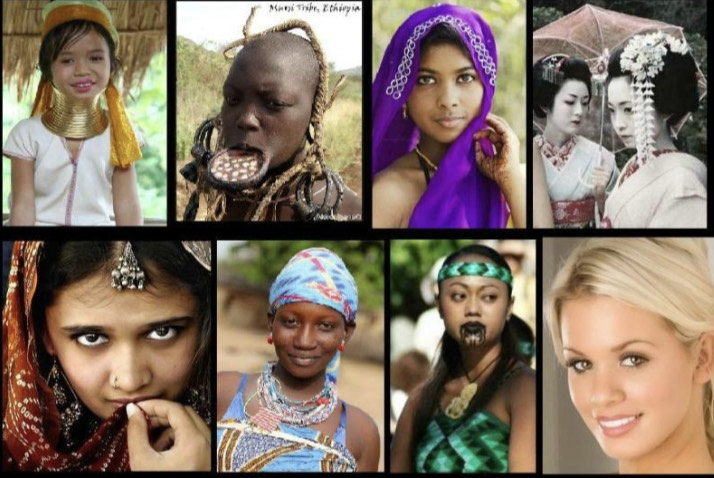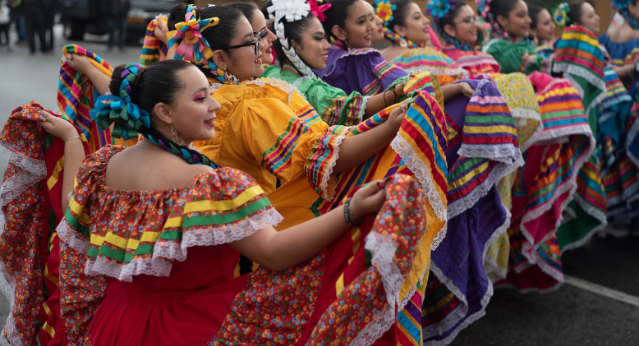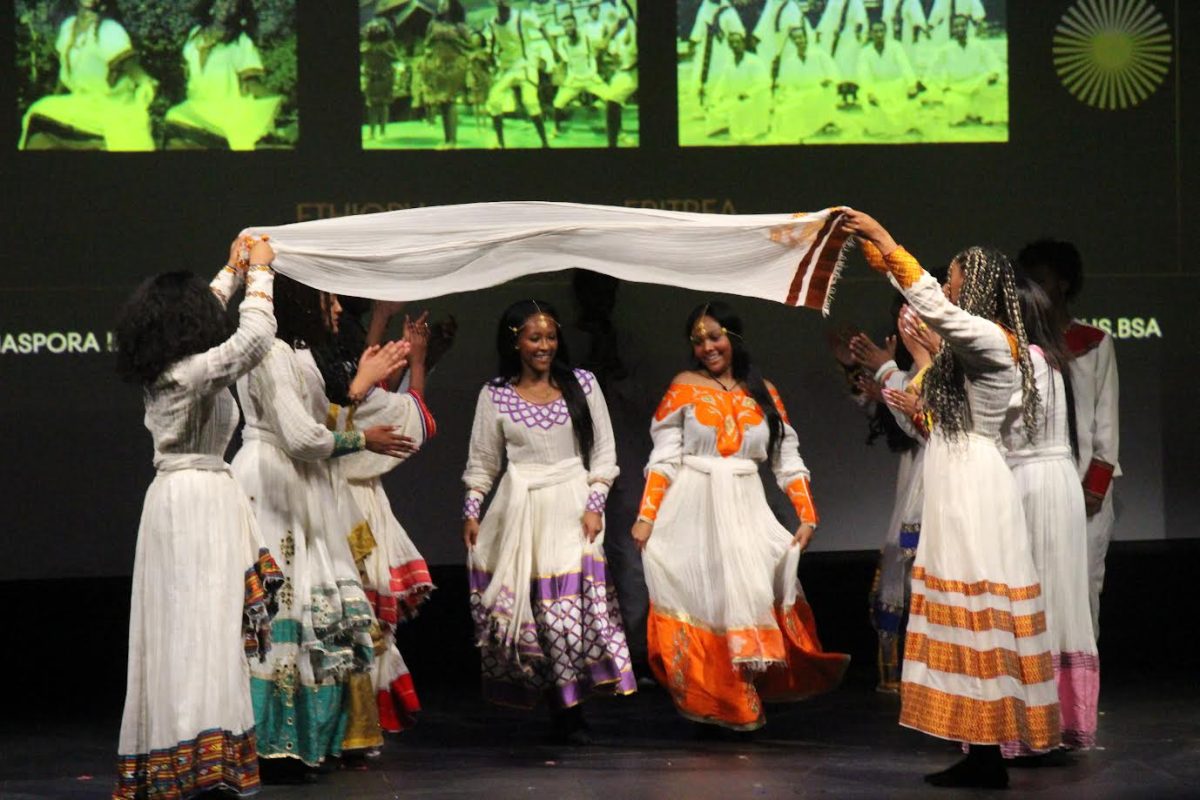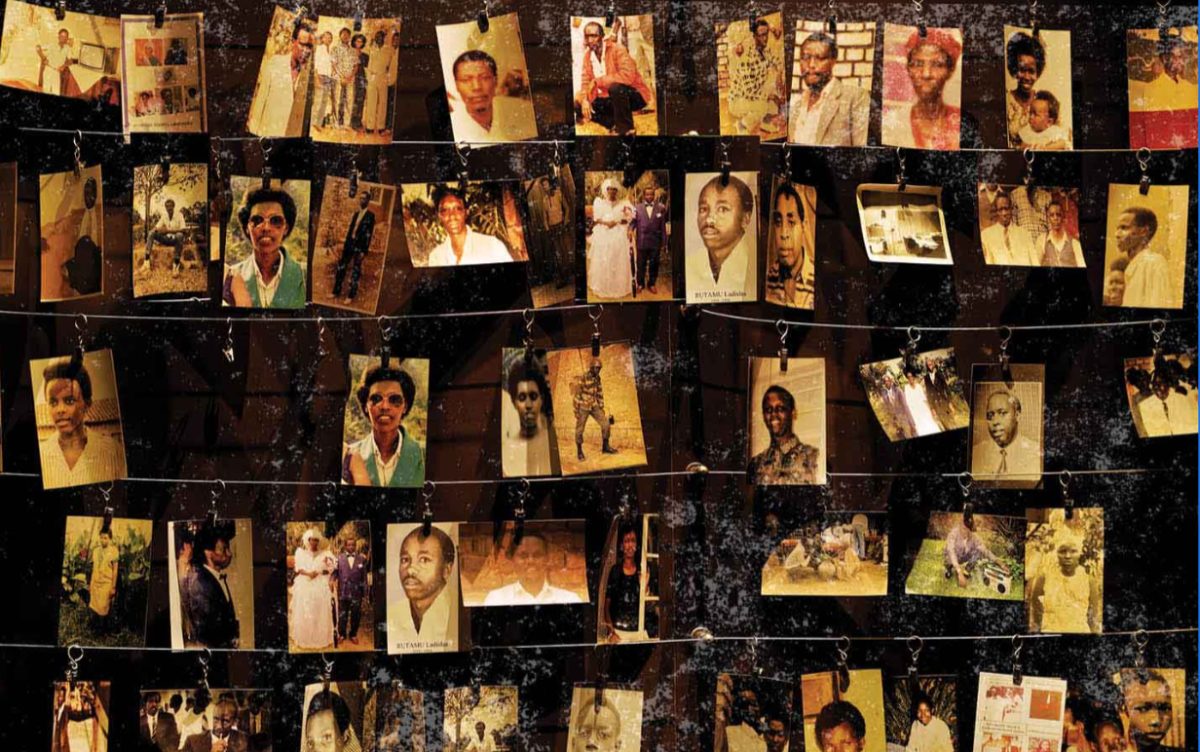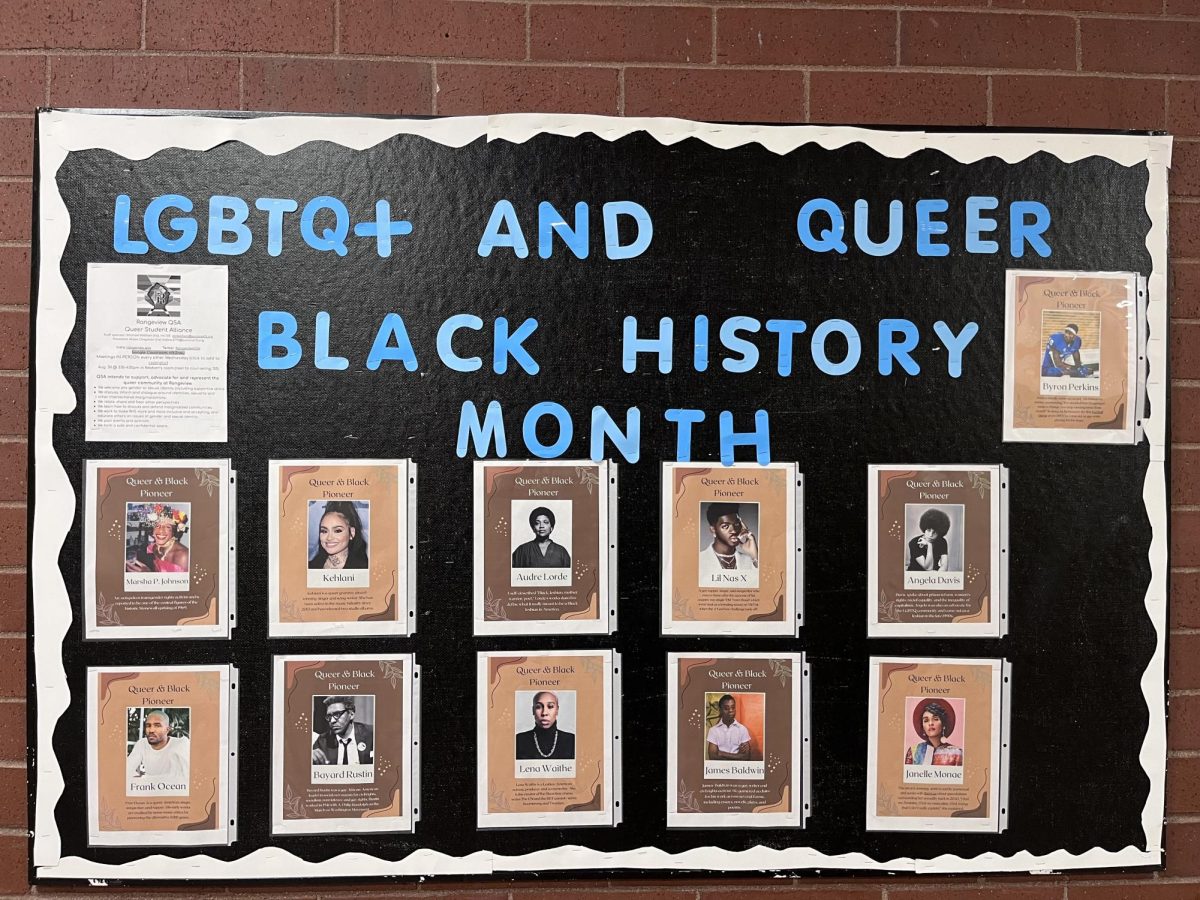Throughout cultures around the world, beauty standards have always been a fascinating topic. From ancient civilizations to modern societies, each culture has its unique perception of beauty. Whether it’s the hourglass figure in Western cultures or the fair and flawless skin in some Asian cultures, these standards often reflect the values, traditions, and ideals of a particular society.
Beauty standards and cultural expectations differ regularly among ethnic groups, which can be linked to many years of traditions and other deeply held beliefs.
In many cultures, beauty standards are closely tied to the idea of marriage, especially for women. There is often a lot of pressure for them to follow these standards to increase their chances of finding a partner. This pressure can stem from traditional beliefs that parents may still hold onto, which can negatively impact their children’s self-esteem and make them feel bad. The expectation to meet these beauty standards can create a sense of not being good enough as individuals strive to fit into societal expectations.
A woman’s ideal figure differs depending on the country’s culture. Tiny models are more popular in magazines in the United States, but in other countries, the women who appear in American publications are not considered beautiful. While some people believe that a slim woman is better, other cultures believe that women must be plump to be deemed beautiful. Certain cultures may find particular facial traits attractive, such as double eyelids or high cheekbones like the Asian beauty standard. These standards were always seen throughout Eastern Asia but peaked in the early 2000s when BB creams and skin bleaching blenching started emerging. This is when the beauty stands of long narrow jaws and big eyes had set on the bar.
Korea, in particular, has the most diverse beauty standards, as well as the ideal slender form observed throughout Eastern Asia. A pale complexion has long been associated with higher social rank, as has double eyelid surgery, which dates back to the nineteenth century.
Along with that, countries and tribes throughout Africa view their beauty with how big their lip plates are or their body markings. According to SIKAA: African Beauty Within the Tribe Tribal marks are symbolized and are most commonly found on their arms, faces, and laps. “Each tribe has its inscription patterns, which vary in size, length, and angles. They are common among the Surma and Mursi tribes of Ethiopia and are used to signify that a woman is ready for marriage.”
Young ladies between the ages of 15 and 18 have their lips pierced by their mothers or a relative, and the piercings will expand in size as they are placed on larger plates over time. Tribes throughout Western Africa also used body marking to emphasize different milestones and stages in life such as puberty and preparation for marriage while also emphasizing social, political, and religious aspects.
Beauty standards also don’t just apply to women but also men. While Western beauty standards prioritize muscular physiques, developing K-Pop bands in South Korea and other parts of East Asia have made thin boyish physiques, colorful hair, and make-up increasingly sought-after ideals of manly beauty. As our population’s diversity grows, so do people’s perceptions of what defines beauty or manliness.
“Beauty standards are what make or break the culture. As a African American women I think that embracing culture through standards shouldn’t be what is looked at but instead the representation,” said Ariana King, a junior at Rangeview.
Cultural diversity and globalization have brought about increased exposure to different beauty standards. As a result of societal standards, people will never be good enough for its massive expectations but acceptance of ourselves is the most beautiful type of beauty. Instead of changing our compilations, we should represent our culture in a way that embraces is.
